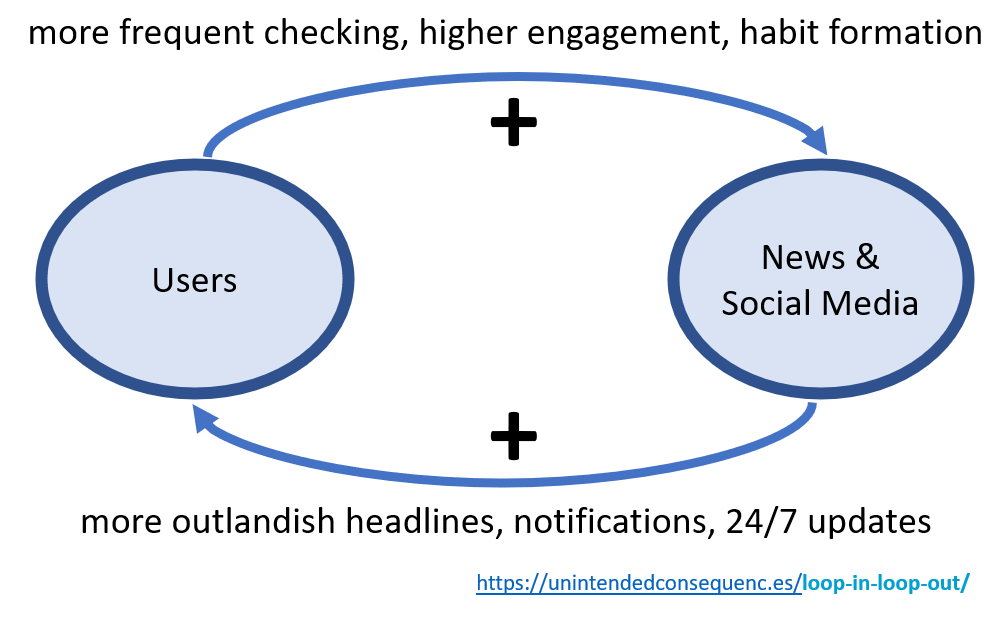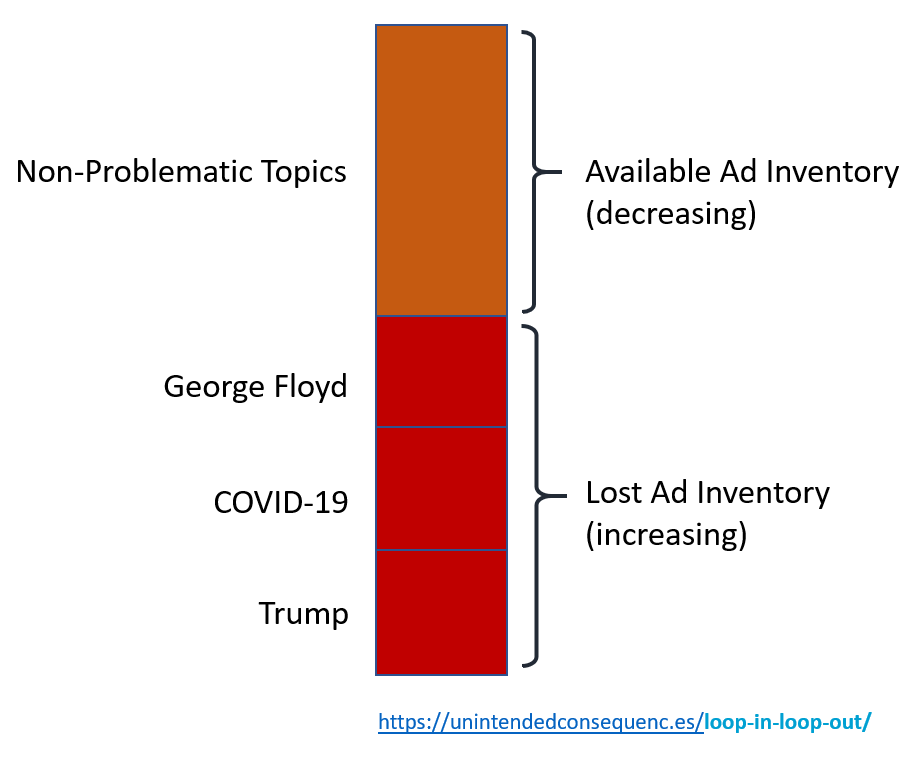Years ago, when I was in college, I spent a couple hours a day reading the New York times in print. I would go to my favorite library, get one of the two copies of that day’s paper, and probably go through half of it. I then read three or four other papers too. The feel and even the smell of the newsprint was something I looked forward to. I started my days that way. When I couldn’t start my days that way, I missed it.
One of my goals at the time was to do something in journalism. I wrote for a handful of college publications. But journalism ended up not being for me, and I have no regrets about that today. In the meantime I still looked forward to reading the paper.
But more often I ended up reading less news in focused hour-long chunks in the morning and more news in quick scattered clips throughout the day, often delivered via social media. This change gave me awareness of new developments but also distracted me incredibly from longer-term projects. You’ve probably gone through that change too.

I increasingly find that the only way to deal with this is to break the cycle and go off news completely, at least for a week at a time. Publicly stating that I’m going off for a week (as I’ve done on Twitter) keeps me honest. I now read weekly publications rather than day to day. I never intended to cover up-to-the-minute breaking news here so I do not feel that breaking with the news cycle harmed my writing.
Loop In
Today, news and the common social media distribution platforms design for addiction. They rely on their users frequently checking to generate advertising impressions and ad click-throughs. Depending on age bracket, as many as a third or half of Americans describe themselves as addicted to social media.
The design itself is described by Nir Eyal as a variable feedback loop called the “Hook Model.” The path to habit formation loop — addiction — depends on triggers (external and internal), action, variable rewards, and investment.
In my case of news addiction, my external trigger was seeing headlines and trending topics. My internal trigger was me feeling like I’m gaining information and also communication from friends. The action was easy (images and short headlines) and quicker to access than a print newspaper. The variable reward was knowing that while most of the content would be low-quality, occasionally high-quality pieces come through. The investment was my effort put into writing witty comments and seeing follower counts increase.
Addicted to this loop, I found myself altered in habits by checking feedback, reposting content, and concerned with the reaction of anonymous strangers on the internet. It was energy spent poorly. I found that I was starting to care and act as though the opinion of an unknown person somewhere meant more than my own opinion or that of my long-time readers.
The way to free yourself from this hook model is to break it at the start — the trigger — that sets everything else in motion. That’s why I’ve greatly limited my news and social media intake.
Even so, the hook model enables a business model that many advertising-supported organizations depend on. When companies have teams of designers and developers running experiments on increasing user engagement, users will get hooked. (This is the “Problems or Puzzles” question I wrote about earlier.) The hook depends on individual consumers falling for it. And given that people are somewhat similar and understandable, talent focused on optimizing for the hook did wonders in a short time. (I also wrote about addiction creation in my post on the Opioid Crisis.)
News and social media businesses came to depend on the hook to drive their businesses. Since their original content came to depend on triggers the headlines became more outlandish and even misleading. Long-form articles that took weeks or months to research and write didn’t support this business model and had to be reduced or cut.

This is a positive reinforcement loop. That is, the more outlandish headlines there are, the more people check the updates, and then there are even more outlandish headlines. But positive feedback loops can’t continue forever.
Loop Out
What happens when this system starts to break down? In the cases above, problems emerge in different ways. COVID-19 plays a part, but is not the entire story.
First there was a general decline in advertising spend, which was mostly COVID-19 related. Had news organizations (and even social media) instead depended more on subscriptions they would have suffered less from advertising cuts.
Second, in the case of news content, advertisers have the option to avoid placing their brands next to problematic content (which possibly represents over 50% of pageviews). For example, brands do not want to advertise next to content related to Trump, COVID-19, or George Floyd related protests. That means that as that type of content surged — in part because it drove the ad-supported addiction model — publishers were left with less spots to place ads and less revenue.

The positive feedback loop of constant checking is being balanced by the negative feedback loop of advertiser pullback from extreme topics.
So ironically the long-term stable business model seems to be the consumer subscription. That’s a model that supports long-form content and which never benefited from push notifications or outlandish headlines.
Consider
- The move to free and user-generated content (free reads with ads, social media, comments on news sites) led to business decisions that became risky and consumer reactions that became extreme. The positive feedback loop helped companies grow but also provided a source of risk in unexpected times.
- Was this business model change unavoidable as the internet removed the need for print and subscriptions?
- How else do business models lead to poor choices and greater risk?